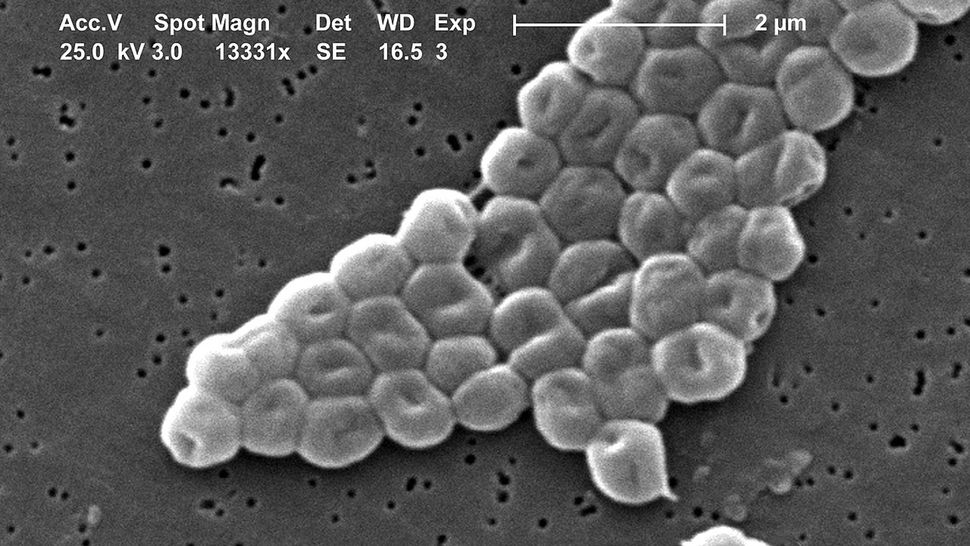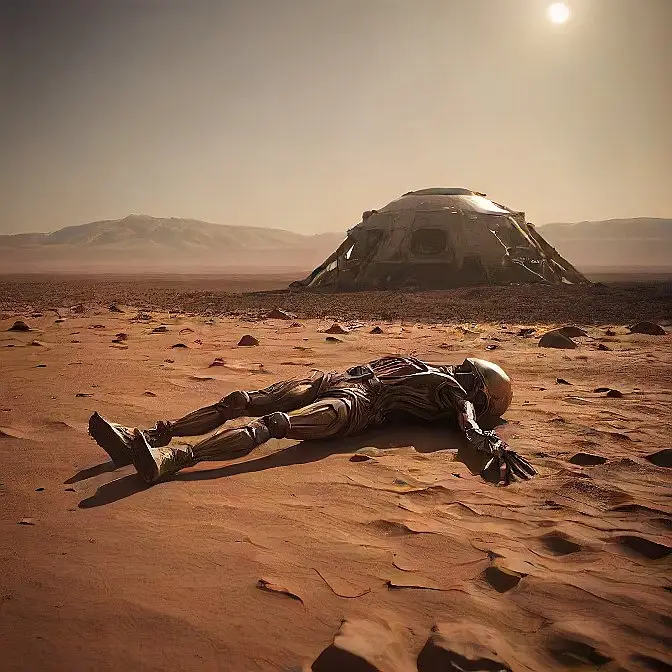As reported by WION News, 50 years ago NASA’s Viking machine killed aliens Life on Mars 50 years ego from now. A startling revelation has emerged from Dirk Schulze-Makuch, an astrobiology professor at the Technical University Berlin. According to him, NASA stumbled upon signs of life on Mars half a century ago, only to inadvertently extinguish it shortly thereafter.
This revelation paints a dramatic picture of a missed opportunity in the quest for extraterrestrial life. Schulze-Makuch’s assertion suggests that the elusive discovery of life on Mars was made by NASA a whopping 50 years ago, during the Viking program. Engagement.
Back in the mid-1970s, NASA dispatched two landers as part of the Viking mission to explore the Martian landscape. These pioneering landers, ahead of their time, not only provided humanity with a first glimpse of the enigmatic Martian surface but also delved into the soil for hints of life.Intriguingly, these early landers, designed to conduct biological analyses of Martian soil, might have indeed yielded results pointing toward the presence of life.
NASA sent his space shuttle to the space for experiment and exploration of new human development. Our website techadigi do not claim any responsibility of this article.
Schulze-Makuch’s claim has cast a shadow on these findings, implying that they were inadvertently responsible for the demise of the very life they were seeking to uncover.This narrative underscores the delicate nature of exploring other planets and the responsibility that comes with it.

The accidental eradication of potential Martian life, if proven true, serves as a poignant reminder of the unintended consequences that can arise from scientific exploration.The revelation prompts contemplation on the fragility of extraterrestrial ecosystems, if they exist, and the necessity for meticulous caution in future exploratory missions.
The story NASA’s of the Mars Viking program, a milestone in human exploration, now holds an unforeseen twist, leaving us to ponder the intricacies of seeking life beyond our own planet.
The outcomes of the mission unveiled an array of geological features that aligned seamlessly with the consequences of significant water movements.
The Martian landscape exhibited volcanoes and slopes bearing an uncanny resemblance to those found in Hawaii, an intriguing indicator of past exposure to rainfall and water-related processes.
Amid these revelations, the landers made a remarkable discovery – the detection of trace amounts of chlorinated organics. Initially, these findings were brushed aside as potential contamination from Earth.
However, subsequent Mars missions of NASA have substantiated the existence of indigenous organic compounds on the red planet, albeit in a chlorinated manifestation. This revelation not only reshapes our perception of Martian chemistry but also amplifies the intrigue surrounding the possibility of past or even current life on Mars.
NASA’s Mars mission’s findings have set in motion a profound reconsideration of Mars’ history, geology, and potential habitability. The tantalizing connection to terrestrial volcanic landscapes and the presence of chlorinated organic compounds deepen the enigma of Mars’ ancient past and its potential to harbor the building blocks of life.
Conclusion:
As part of the Viking mission, scientists did a special test on the Martian soil. They added water mixed with nutrients and a type of radioactive carbon to the soil. The idea was that if there were tiny living things (microorganisms) in the soil, they would eat the nutrients and release a kind of radioactive gas. At first, the experiment seemed to work as they saw the radioactive gas being released.
This was really exciting because it hinted that there might be life on Mars. However, the rest of the results were not as clear. They couldn’t figure out for sure if the gas came from living things or from something else.So, even though they got some interesting results, the experiment left scientists with more questions than answers. It shows how tricky it can be to understand what’s happening on another planet and whether there might be life there.

